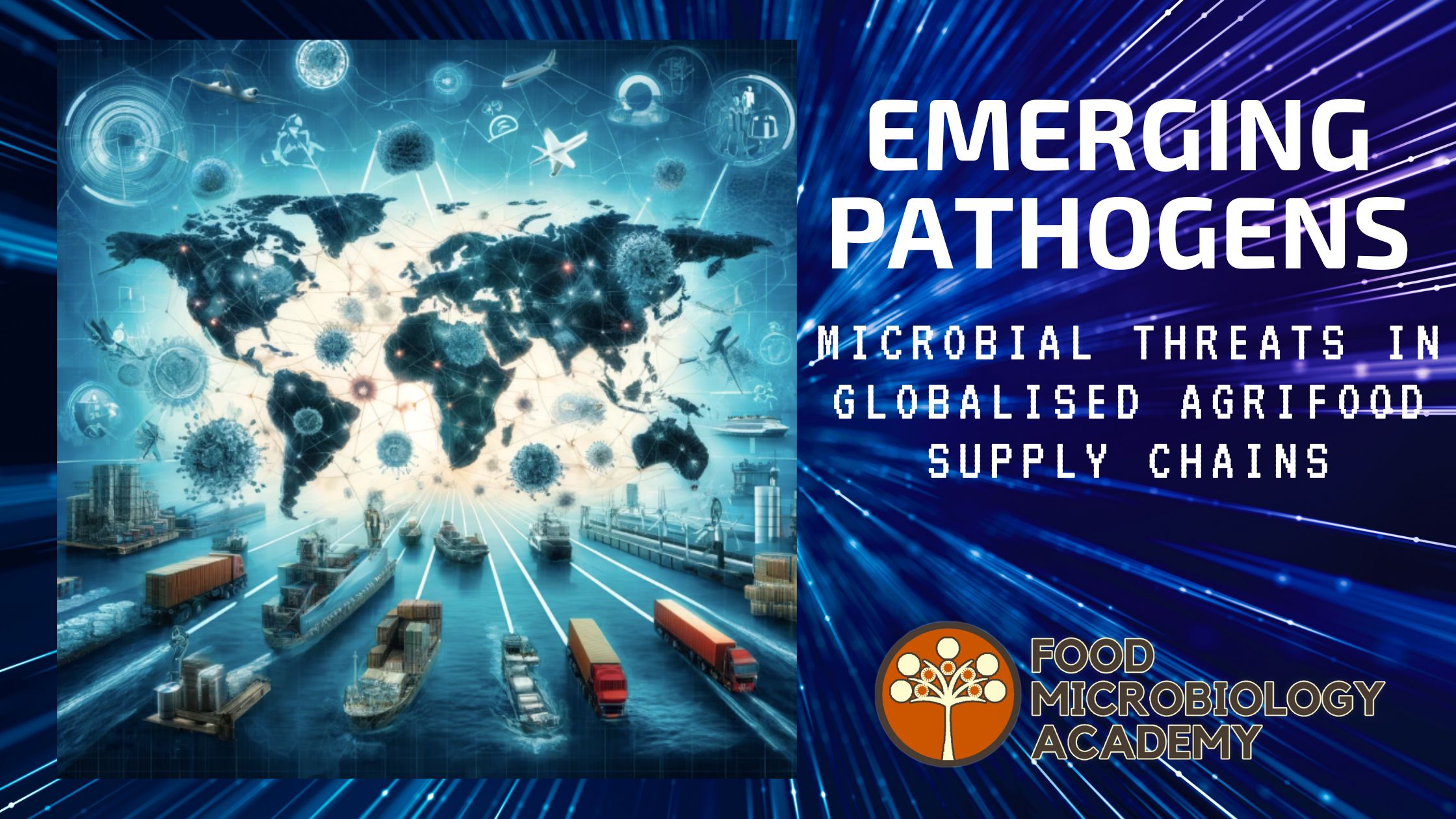In today’s globalised world, the food supply chain is more interconnected than ever before. This interconnectedness, while beneficial for meeting the dietary demands of a growing population, also poses significant risks in the form of emerging pathogens that can quickly spread across borders. Understanding the dynamics of these pathogens, their impact on public health, and the measures needed to mitigate their threats is crucial for ensuring food safety.
The nature of emerging pathogens
Emerging pathogens are defined as microbes that have recently appeared within a population or those whose incidence or geographic range is rapidly increasing. In the context of the food supply chain, these can include bacteria, viruses, parasites, and fungi that contaminate food products and cause illness in consumers. Examples of such pathogens that have had significant impacts on public health include E. coli O157:H7, Salmonella, and Listeria monocytogenes, among others.
These pathogens can enter the food supply chain at various points, from production and processing to distribution and retail. Changes in agricultural practices, environmental factors, global trade, and even consumer preferences can influence the emergence and spread of these pathogens.
Factors contributing to the rise of emerging pathogens
Several factors contribute to the rise and spread of emerging pathogens in the food supply chain:
- Globalisation of food supply: As food travels longer distances to reach global markets, there is increased risk of contamination at multiple points along the supply chain. Different regions may have varying standards for food safety, complicating the management of foodborne pathogens.
- Intensive farming practices: High-density farming provides ideal conditions for the rapid spread and mutation of microbes. The use of antibiotics and pesticides can also contribute to the development of resistant strains of pathogens.
- Climate change: Changing climate conditions affect the habitats of many organisms, including pathogens. Increased temperatures and altered precipitation patterns can lead to the proliferation of foodborne pathogens and extend their geographical range.
- Consumer preferences: The demand for organic and raw foods has increased. While these foods are often perceived as healthier, they may also bypass some of the processing steps designed to eliminate pathogens, thus posing additional risks.
.

.
Case studies of emerging pathogens
Several outbreaks have highlighted the risks associated with emerging pathogens in recent years:
- E. coli in leafy greens: Repeated incidents of E. coli contaminations in romaine lettuce have led to significant illness across several states, prompting widespread recalls and re-evaluation of farming and processing practices for leafy greens.
- Listeria in frozen vegetables: A multinational outbreak of Listeria linked to frozen vegetables affected several countries in Europe, leading to long-term changes in the processing, freezing, packaging, and storage of frozen products.
- Hepatitis A in pomegranate seeds: An outbreak of Hepatitis A associated with pomegranate seeds imported from Turkey affected several people in Australia, emphasising the need for better control of imported foods.
Mitigating the risks
Controlling the spread of emerging pathogens in the food supply chain requires a multi-faceted approach:
- Enhanced surveillance and reporting: Early detection of outbreaks through improved surveillance and rapid reporting systems can help in quickly identifying the source of contamination and preventing the spread of disease.
- Strict regulatory standards: Implementing and enforcing stringent food safety regulations both domestically and internationally can help minimise the risk of contamination. Standards should be based on scientific evidence and regularly updated to reflect the changing nature of pathogens.
- Advanced detection technologies: Investing in newer and more precise detection technologies can help identify pathogens at lower concentrations and with greater accuracy, before the contaminated products reach the consumer.
- Consumer education: Educating consumers about safe food handling practices and the risks associated with certain types of foods can reduce foodborne illnesses. Simple practices, such as washing hands and surfaces often, can prevent the spread of bacteria.
- Cooperation and communication: Effective communication and collaboration among governments, industry stakeholders, and international bodies are essential for managing the risks associated with foodborne pathogens. Sharing information about outbreaks and best practices can help improve the overall safety of the food supply chain.
.

.
Conclusion
As the world becomes more interconnected, the challenge of emerging pathogens in the food supply chain will only grow. Proactive measures, including advanced research, robust surveillance systems, international cooperation, and consumer education, are crucial to safeguard public health. By understanding and managing the risks associated with these pathogens, the global community can work towards a safer, healthier food supply for everyone.



